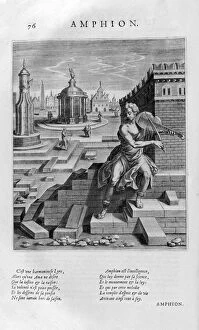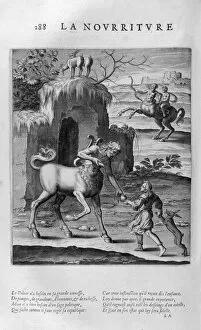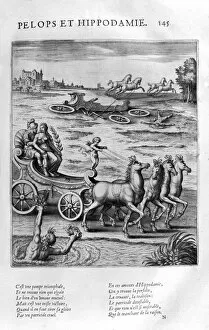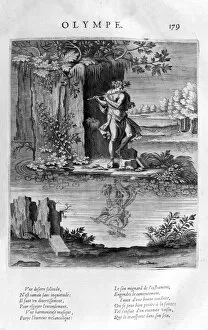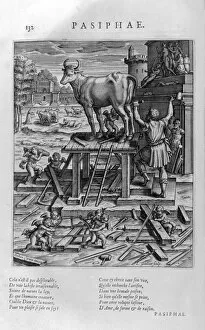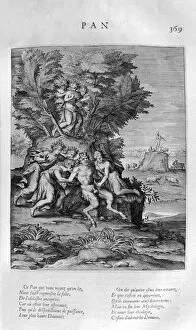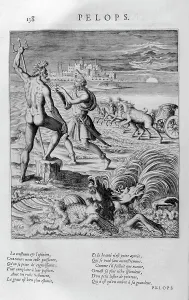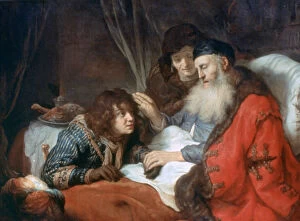Isaac Collection (page 18)
"Isaac: A Multifaceted Figure in History" Sir Isaac Newton, the renowned English mathematician, is widely celebrated for his groundbreaking contributions to science
All Professionally Made to Order for Quick Shipping
"Isaac: A Multifaceted Figure in History" Sir Isaac Newton, the renowned English mathematician, is widely celebrated for his groundbreaking contributions to science. His profound discoveries in physics and astronomy revolutionized our understanding of the natural world. In a captivating portrait by Freeman, we catch a glimpse of Sir Isaac Newton's intellectual prowess and enigmatic persona from the 19th century. This depiction showcases his brilliance as an artist beautifully captures his essence. However, let us not forget another notable figure named Isaac – the SINGER SEWING MACHINE. With its intricate design and precision, it embodies innovation just like Sir Isaac Newton did centuries ago. Moving away from machines and back to history, we delve into Prestwich Asylum in Lancashire where Sir Isaac Newton's legacy lives on. The institution bears his name as a tribute to this remarkable mathematician who forever changed our perception of the universe. Speaking of tributes, one cannot ignore Johnson V Perrins' masterpiece depicting Abraham sacrificing Isaac at the Gate of Paradise door of the Baptistry of San Giovanni. This powerful artwork immortalizes their story with great intensity. Shifting gears once again, we encounter an intriguing portrait by Isaac Oliver I showcasing Arabella Stewart from the 16th century. Through this painting, we witness how art transcends time as it captures her beauty for eternity. And what better way to understand someone than through their own words? In a letter dated 20th June 1682 addressed to William Briggs, Sir Issac Newton reveals glimpses of his brilliant mind that continue to inspire generations even today. But amidst all these serious discussions about science and art lies "Dick Dock or The Lobster and Crab, " a whimsical piece from 1806 that reminds us not to take life too seriously – much like enjoying good company while sipping beer in a pub with friends.

